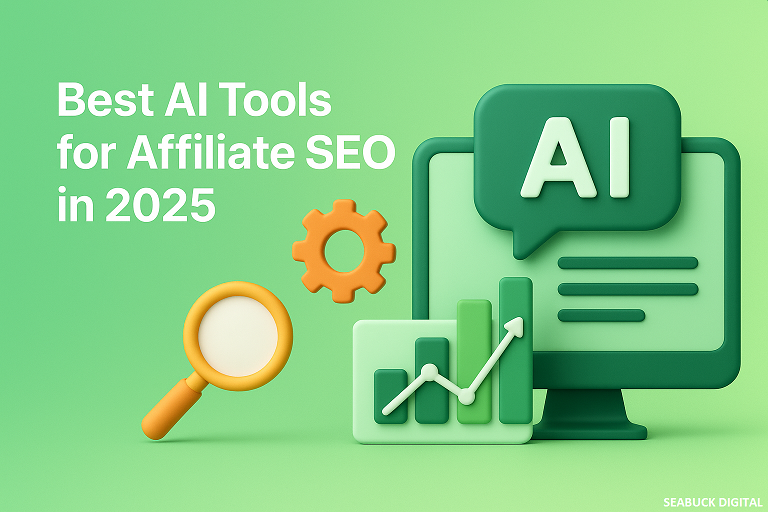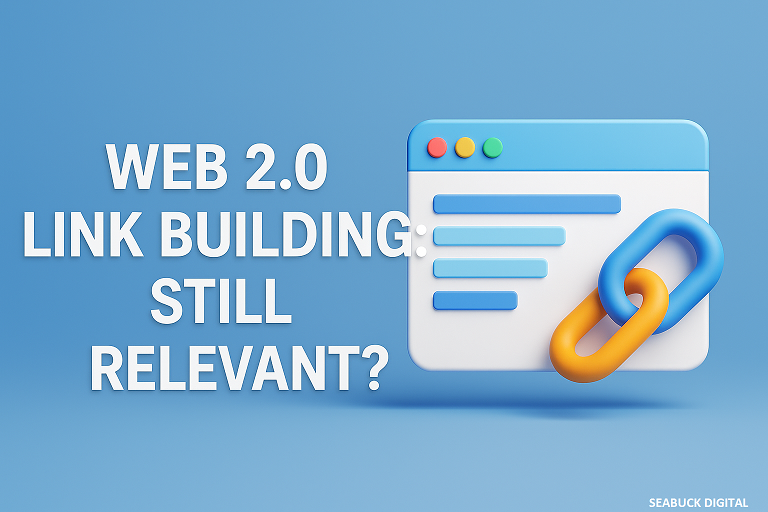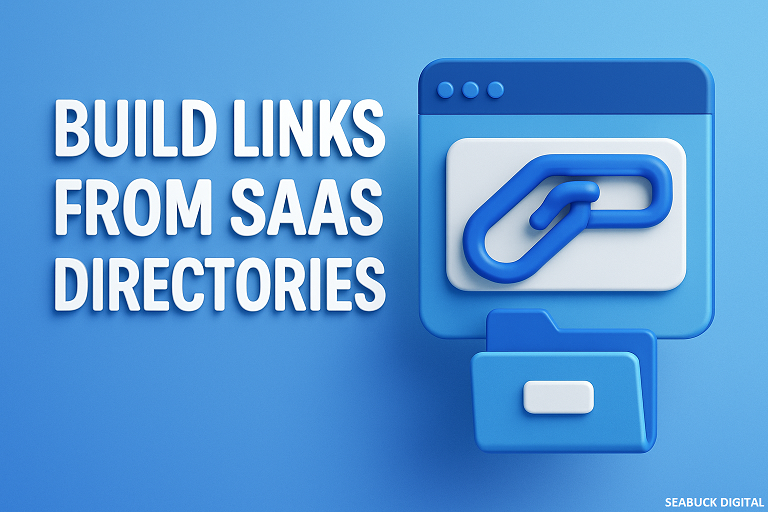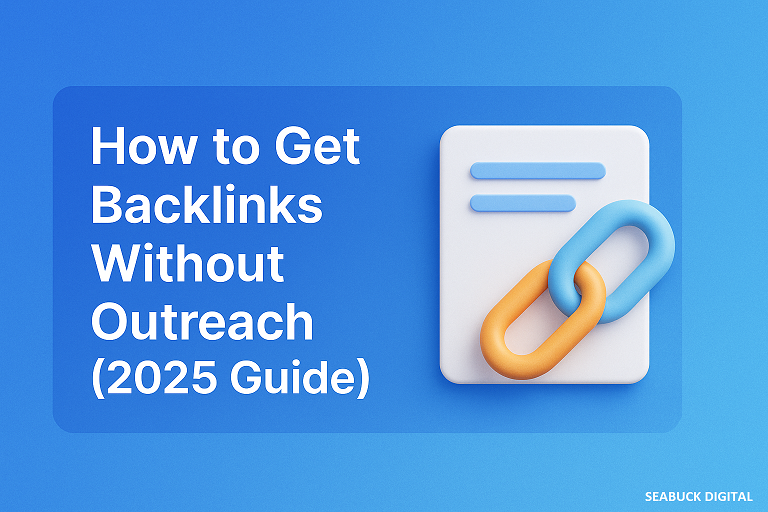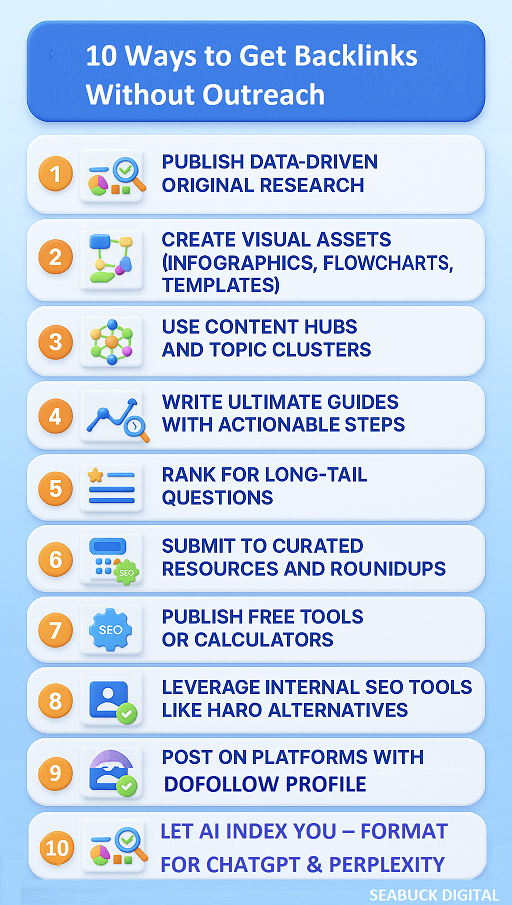
A
- Accelerated Mobile Pages (AMP): An open-source HTML framework developed by Google to create fast-loading mobile web pages.
- Ad Impressions: The number of times an advertisement is displayed, regardless of user interaction.
- AhrefsBot: A web crawler operated by Ahrefs that indexes web pages and links for SEO analysis.
- Alt Text (Alternative Text): Descriptive text added to images to improve accessibility and SEO.
- Anchor Text: The clickable text in a hyperlink, which helps search engines understand the linked page’s content.
- Article Spinning: The practice of rewriting content to create multiple versions, often used in black hat SEO tactics.
- Article Syndication: Republishing content on third-party websites to reach a broader audience.
- Auto-Generated Content: Content created automatically by software, which may be penalized by search engines if deemed low-quality.
B
- Backlink: A link from one website to another, considered a vote of confidence by search engines.
- Bing Webmaster Tools: A suite of tools provided by Microsoft to help webmasters manage their site’s presence on Bing.
- Bingbot: The web crawler used by Bing to index web content.
- Black Hat SEO: Unethical SEO practices that violate search engine guidelines.
- Bounce Rate: The percentage of visitors who leave a website after viewing only one page.
- Branded Keywords: Search queries that include a brand’s name or variations thereof.
- Breadcrumb Navigation: A navigational aid that shows users their current location within a website’s hierarchy.
C
- Canonical URL: The preferred version of a web page, used to prevent duplicate content issues.
- Click-Through Rate (CTR): The ratio of users who click on a specific link to the number of total users who view a page or email.
- Cloaking: A deceptive practice where the content presented to search engines differs from that shown to users.
- Content Management System (CMS): Software that allows users to create, manage, and modify website content without specialized technical knowledge.
- Conversion Rate: The percentage of visitors who complete a desired action on a website.
- Core Web Vitals: A set of metrics that measure user experience aspects like loading performance, interactivity, and visual stability.
D
- Domain Authority (DA): A metric developed by Moz that predicts how well a website will rank on search engine result pages.
- Duplicate Content: Content that appears on multiple web pages, which can negatively impact SEO.
- Deep Linking: The practice of linking to specific pages within a website rather than the homepage.
- Disavow Tool: A feature in Google Search Console that allows webmasters to tell Google to ignore certain backlinks.
E
- E-E-A-T (Experience, Expertise, Authoritativeness, Trustworthiness): Criteria used by Google to assess the quality of content.
- External Link: A hyperlink that points to a page on a different website.
- Engagement Rate: A metric that measures the level of interaction users have with content.
- Exact Match Keyword: A keyword that exactly matches a user’s search query.
F
- Featured Snippet: A summary of an answer to a user’s query displayed at the top of Google’s search results.
- Fresh Content: New or updated content that can positively influence search rankings.
- Footer Links: Links placed at the bottom of web pages, often used for navigation or SEO purposes.
G
- Google Analytics: A free tool that provides insights into website traffic and user behavior.
- Google Search Console: A free service that helps monitor and maintain a site’s presence in Google Search results.
- Googlebot: Google’s web crawler that indexes web content.
- Guest Posting: Writing content for another website to gain exposure and backlinks.
H
- Header Tags (H1, H2, H3…): HTML tags used to define headings and subheadings on a webpage.
- HTML Sitemap: A page that lists all the pages on a website, intended to help users navigate.
- HTTPS: A secure version of HTTP, indicating that a website uses encryption to protect data.
- Hidden Text: Text that is not visible to users but can be read by search engines; often considered a black hat SEO tactic.
I
- Indexing: The process by which search engines add web pages to their database.
- Internal Link: A hyperlink that points to another page within the same website.
- Inbound Link: A link from an external website to your own; also known as a backlink.
- Image Optimization: The process of reducing image file size and adding descriptive alt text to improve SEO.
J
- JavaScript SEO: The practice of optimizing websites built with JavaScript for search engine indexing.
- Jump Link (Anchor Link): A link that directs users to a specific section within a webpage.
K
- Keyword: A word or phrase that users enter into search engines to find information.
- Keyword Cannibalization: When multiple pages on the same website target the same keyword, potentially harming rankings.
- Keyword Density: The percentage of times a keyword appears in content compared to the total word count.
- Keyword Research: The process of identifying and analyzing search terms to target in SEO campaigns.
L
- Landing Page: A standalone web page created for marketing or advertising campaigns.
- Link Building: The process of acquiring hyperlinks from other websites to your own.
- Link Juice: The SEO value passed from one site to another through hyperlinks.
- Long-Tail Keyword: A longer and more specific keyword phrase that typically has lower competition.
M
- Meta Description: A brief summary of a webpage’s content, displayed in search engine results.
- Meta Tags: HTML tags that provide metadata about a webpage, such as descriptions and keywords.
- Mobile-First Indexing: Google’s practice of indexing the mobile version of a site before the desktop version.
- Manual Action: A penalty applied by Google when a site violates its webmaster guidelines.
N
- NoFollow: A link attribute that tells search engines not to follow the link or pass SEO value.
- NoIndex: A directive that prevents a page from appearing in search engine results.
- Negative SEO: Malicious practices aimed at harming a competitor’s search rankings.
O
- Organic Traffic: Visitors who come to your site through unpaid search results.
- On-Page SEO: Optimization efforts made on the content and structure of a webpage.
- Off-Page SEO: SEO activities done outside your website, like link building and social media marketing.
- Open Graph Tags: Metadata used to control how content appears when shared on social media platforms.
P
- Page Speed: The time it takes for a webpage to load; important for user experience and SEO.
- PageRank: An algorithm used by Google to rank web pages based on link popularity.
- Penalty: A punishment by search engines for violating SEO guidelines.
- Pogo-Sticking: When users quickly return to search results after clicking a result, indicating dissatisfaction.
Q
- Query: The word or phrase a user types into a search engine.
- Quality Content: Well-written, relevant, and valuable content that satisfies user intent.
- QDF (Query Deserves Freshness): A Google algorithm that favors newer content for trending queries.
R
- Ranking Factor: A variable that search engines use to determine page rankings.
- Robots.txt: A file that tells search engines which pages to crawl or ignore.
- Rich Snippet: Enhanced search result listings showing additional data like reviews or events.
- Responsive Design: A design approach that ensures web content adapts smoothly to different screen sizes and devices.
- Return on Investment (ROI): A measure used to evaluate the efficiency of SEO efforts in generating profit or value.
- Redirect: A method to forward one URL to another; commonly used for moving or deleting pages.
- 301 Redirect: Permanent redirection.
- 302 Redirect: Temporary redirection.
- Referral Traffic: Visitors who land on your website by clicking a link from another site.
S
- Schema Markup: Structured data added to web pages to help search engines understand the content and enhance rich snippets.
- Search Engine: A software system that searches the web and presents results, e.g., Google, Bing, DuckDuckGo.
- Search Engine Marketing (SEM): Paid strategies to increase visibility on SERPs, like PPC advertising.
- Search Engine Optimization (SEO): Techniques to improve a website’s ranking and visibility on search engines.
- Search Engine Results Page (SERP): The page displayed by a search engine after a user submits a query.
- Search Intent: The user’s goal behind a search query, e.g., informational, navigational, transactional.
- Semantic Search: Understanding the intent behind a query rather than just matching keywords.
- SERP Features: Enhanced results like featured snippets, image packs, local packs, and videos.
- Session Duration: The length of time a visitor stays on a website.
- Site Architecture: How content is organized and linked across a website; impacts crawlability and UX.
- Sitemap (XML/HTML): A file that lists a website’s pages to inform search engines and improve indexing.
- Spam Score: A metric indicating the likelihood of a website being penalized based on backlink profile and content.
T
- Technical SEO: Optimizations related to website infrastructure, such as crawling, indexing, and speed.
- Thin Content: Pages with little or no value to the user, often penalized by search engines.
- Title Tag: An HTML element that specifies the title of a web page; shows in SERPs and browser tabs.
- Top-Level Domain (TLD): The last segment of a domain name, like .com, .org, .net.
- Traffic Source: The origin from which visitors reach a website (organic, direct, referral, social).
- Trust Flow: A metric developed by Majestic that predicts the trustworthiness of a domain based on link quality.
U
- UI (User Interface): The space where users interact with a website or app.
- URL (Uniform Resource Locator): The address of a specific web page.
- URL Parameters: Query strings in a URL (e.g., ?utm_source=google) that pass data about clicks and traffic.
- User Experience (UX): The overall experience of a user interacting with a site, including navigation, speed, and content.
- User-Generated Content (UGC): Content created by site users (e.g., comments, reviews); can impact SEO positively or negatively.
V
- Vertical Search: Specialized search engines focusing on specific content types like images, videos, or products.
- Video SEO: Optimizing video content to rank in search engines and platforms like YouTube.
- Visibility: The extent to which a website appears in search results across keywords and queries.
- Voice Search Optimization: Adapting content to suit spoken queries, often using natural language and FAQs.
W
- Web 2.0: The second generation of the web that emphasizes user-generated content and social interaction.
- Web Crawler (Spider/Bot): Software used by search engines to scan and index web pages.
- Webmaster Guidelines: Best practices issued by search engines to ensure websites are properly indexed and ranked.
- White Hat SEO: Ethical SEO techniques aligned with search engine guidelines.
- Word Count: The number of words in a piece of content; longer content often performs better in rankings.
- W3C Compliance: Adhering to standards set by the World Wide Web Consortium to ensure cross-browser compatibility and accessibility.
X
- XML Sitemap: A file submitted to search engines containing a list of all URLs on a website, aiding in crawlability.
- X-Robots-Tag: An HTTP header directive that controls indexing behavior at the server level (e.g., noindex, nofollow).
Y
- Yahoo Search: A once-major search engine now powered by Bing.
- Yandex: A popular Russian search engine with its own algorithms and ranking factors.
- YouTube SEO: Strategies to optimize videos for visibility on YouTube and in Google video results.
Z
- Zero-Click Search: Search results that answer a query directly on the SERP, reducing the need to click through.
- Zombie Pages: Low-performing, low-traffic pages that add little SEO value and may hurt overall rankings.
Please kindly Refer to these excellent resources:
Read More:



